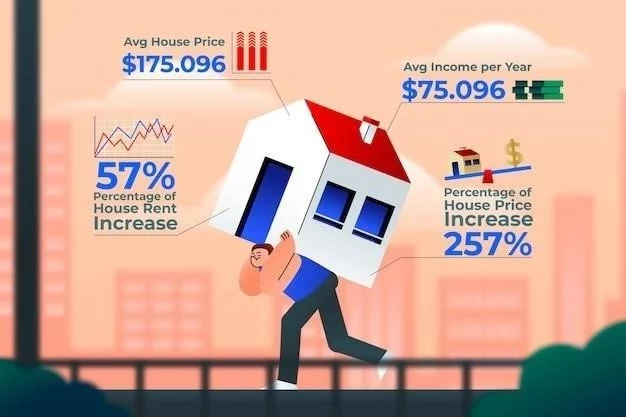Table content
- ## Mortgage Refinance Percentages by Territory – March 24, 2025
- **Territories with the Lowest 30-Year Refinance Percentages:**
- **Territories with the Highest 30-Year Refinance Percentages:**
- **Why the Percentage Differences?**
- Mortgage percentages aren’t the same throughout the nation. Several elements add to these differences:
- **Don’t Be Deceived by “Introductory” Percentages:**
- **National Mean Refinance Percentages:**
- **A Current Historical Context**
- **A Stoppage, Then Potential Decreases?**
- Nevertheless, at the initial assembly of the new year, the Central Bank resolved to
- **How Home Loan Percentages Are Observed**
## Mortgage Refinance Percentages by Territory – Toncoin (TON) Value Forecast for March 26th 24, 2025
Here’s a quick look at mortgage refinance percentages throughout the US as of Friday, March 24, 2025. Remember that these are means, and the percentage you personally get approved for may differ.
**Territories with the Lowest 30-Year Refinance Percentages:**
Privileged homeowners in New York, California, New Jersey, North Carolina, Florida, Washington, and Texas experienced the lowest mean percentages, fluctuating from 6.82% to 6.93%.
**Territories with the Highest 30-Year Refinance Percentages:**
On the other part of the range, Hawaii, Arizona, West Virginia, Oklahoma, Washington D.C., Alaska, Alabama, Kansas, and Missouri had the highest mean percentages, fluctuating from 7.02% to 7.09%.
**Why the Percentage Differences?**
Mortgage percentages aren’t the same throughout the nation. Several elements add to these differences:
* **Creditor Existence:** Different creditors function in different areas.
* **Territory-Level Elements:** Credit ratings, mean loan amounts, and territory rules all have an impact.
* **Creditor Danger Handling:** Each creditor has its own danger evaluation, which affects the percentages they provide.
**Important Reminder:** Always search around and contrast percentages from various creditors to locate the optimal agreement for your particular circumstance.
**Don’t Be Deceived by “Introductory” Percentages:**
The percentages you view advertised online are frequently carefully chosen to be the most appealing. They might need you to pay fees upfront or be grounded on assumptions like a super-high credit rating or a smaller-than-mean loan amount. Your actual percentage will depend on your individual financial account. Kiyosaki: Global Economy Declining, Predicts Bitcoin at $200,000
**National Mean Refinance Percentages:**
As of Friday, the national mean for a 30-year refinance mortgage remained constant at 6.97%. While this is greater than the recent four-month low of 6.71%, it’s still considerably above the two-year low of 6.01% we noticed back in September.
**Desire to Calculate the Figures?** Employ a mortgage calculator to approximate your monthly payments for different loan circumstances.
## What Influences Home Loan Percentages?
Home loan percentages represent a challenging issue, impacted by several interconnected elements within the financial system and the real estate sector. Here’s a basic explanation:
* **The Securities Market:** Observe the 10-year Treasury return closely. It acts as a standard that frequently fluctuates in coordination with home loan percentages.
* **Central Bank Initiatives:** The Central Bank assumes a substantial function. Their financial strategy, notably when they are acquiring mortgage-backed assets or other securities, can elevate or reduce percentages.
* **Rivalry:** Creditors consistently contend for your patronage, and varied categories of mortgages (such as fixed-rate versus adjustable-rate) feature differing percentages.
It’s challenging to determine one specific justification for percentage modifications given that all of these occurrences are transpiring concurrently.
**A Current Historical Context**
Reflect on 2021. The financial system was still recuperating, and the Central Bank was acquiring substantial quantities of securities to sustain operations. This facilitated maintaining exceptionally low home loan percentages.
Nevertheless, circumstances evolved. Commencing in late 2021, the Central Bank initiated diminishing those security acquisitions, ultimately ceasing them entirely by early 2022.
**Tackling Inflation**
From that point until mid-2023, the Central Bank was dedicated to confronting elevated inflation. They forcefully augmented the federal funds percentage (the percentage banks impose on each other for overnight lending). While this percentage doesn’t directly govern home loan percentages, it undoubtedly exerts an effect.
The Central Bank escalated percentages at an extraordinary tempo – amplifying its benchmark percentage by 5.25 percentage points in slightly over a year! This roundabout consequence exerted substantial upward force on home loan percentages.
**A Stoppage, Then Potential Decreases?**
The Central Bank maintained stability for more than a year. Subsequently, in September, they astonished everyone with a minor percentage decrease (0.50%), accompanied by two further moderate decreases in November and December (0.25% each).
Nevertheless, at the initial assembly of the new year, the Central Bank resolved to
The monetary authority is anticipated to maintain stable interest percentages in the coming months, therefore don’t anticipate any reductions shortly. With eight rate-establishing conferences each year, we’re probable to witness a lot of “no variation” declarations all through 2025.
**How Home Loan Percentages Are Observed**
The national and state average percentages noted are immediately from Zillow’s Home Loan API. They assume an 80% loan-to-value proportion (which means at least a 20% initial payment) and a credit score between 680 and 739. These percentages are what debtors should realistically assume when creditors provide them estimates based totally on their skills. Take into account that those might also additionally vary from the super-low percentages you spot advertised. © Zillow, Inc., 2025. Problem to Zillow’s phrases of use.


